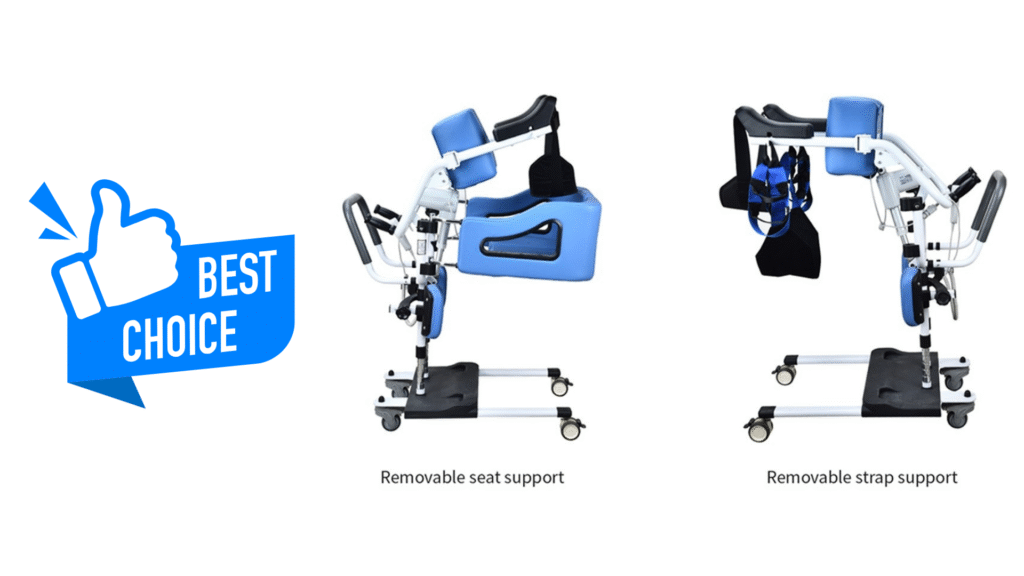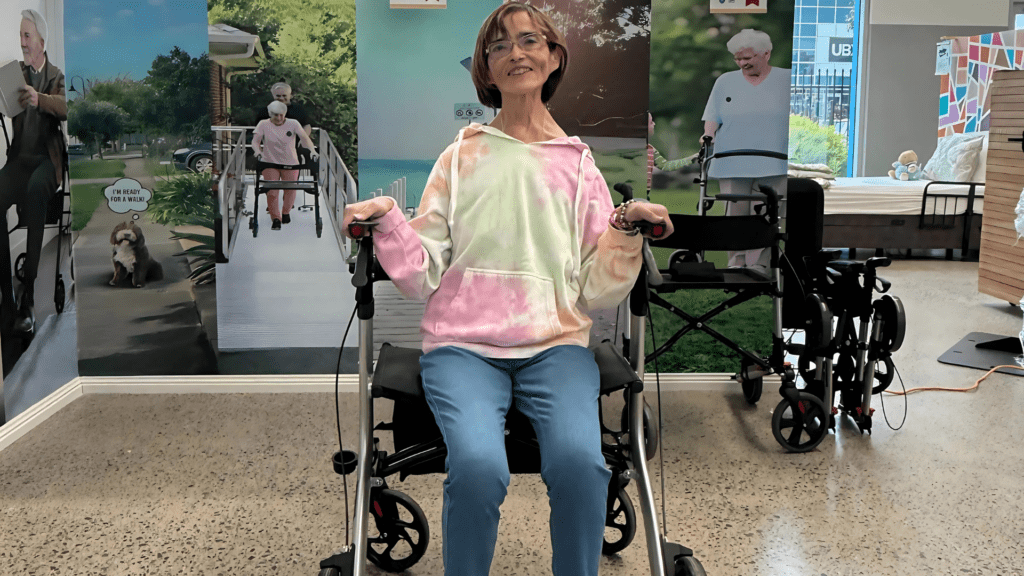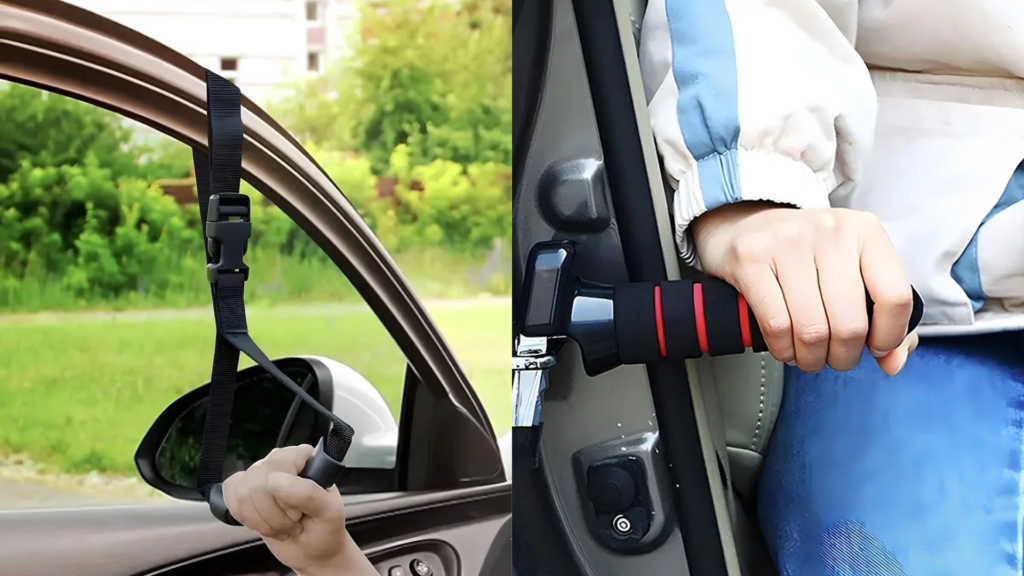Patient lifting hoists have become essential for supporting safe and dignified transfers for people with limited mobility. Whether you’re caring for a loved one at home or supporting a participant through an NDIS plan, it’s crucial to ensure your patient lifting equipment is used safely and maintained regularly.
This guide outlines key safety checks, inspection routines, and training tips to help carers and families safely operate lifters in a home care environment.
Why Safety Matters in Home Transfers
Unlike hospitals or aged care settings, home environments often present space limitations and varying floor surfaces. Improper use of a hoist lifter or a missed maintenance step can result in:
- Patient falls or sling failure
- Carer injuries from incorrect manual handling
- Damage to walls, furniture, or the lifter itself
- Violation of safety responsibilities under NDIS or aged care support
Home-based transfers must meet basic safety standards to ensure reliability and peace of mind. Explore approved patient lifting equipment for home use.
Pre-Use Daily Safety Checklist
Before every transfer, run through this daily checklist:
Inspect the Sling
- No fraying, tears, or loose stitching
- Label is visible with size, weight rating, and inspection tag
- Clips or loops are intact and secure
Check the Hoist Lifter
- Battery level is sufficient (for powered models)
- Emergency stop button is functional
- Brakes (if applicable) are locking and unlocking correctly
- Casters roll smoothly over flooring
Confirm Weight Limits
- Ensure the combined weight of user and sling is within Safe Working Load (SWL)
- Refer to manufacturer label or OT documentation
Clear the Area
- Floor is free of clutter, spills, or uneven surfaces
- Pathways between bed, toilet, and chair are accessible
- Furniture isn’t blocking lifter movement or turning
View our Powered Patient Lifter with Armrest Seat – designed with safety locks and emergency lowering functions.
Maintenance and Inspection Guidelines
Weekly:
- Wipe down hoist frame and hand controls
- Check charger and cable connections
- Verify sling attachments haven’t stretched or frayed
Monthly:
- Check mechanical arm movement and lifting speed
- Inspect base spreader mechanisms and leg extensions
- Review sling rotation and leg loop placement alignment
Every 6–12 Months:
- Conduct a professional service check (as required by Australian Standards)
- Replace slings used daily or heavily (even earlier if recommended by an OT)
- Keep a maintenance log and inspection checklist
How to Identify Wear or Malfunction
Early warning signs help prevent serious accidents. Watch for:
- Unusual sounds during lift operation
- Delayed or jerky movements in motorised arms
- Battery not holding charge or not lifting at full strength
- Visual sling wear, especially near seams and loops
- Inconsistent brake performance or caster wobble
If you notice any of these, stop using the device and contact Care With Us for maintenance support.
Training and OT Support Requirements
Proper lifting involves not just good equipment—but trained handling.
Training is essential for:
- Attaching and removing slings correctly
- Positioning patients safely in different lifting scenarios
- Responding to emergencies such as battery failure or sudden discomfort
- Understanding manufacturer guidelines and Australian safety standards (AS/NZS ISO 10535:2011)
An Occupational Therapist (OT) can:
- Provide user-specific transfer plans
- Ensure the lifter and sling match the patient’s condition
- Support NDIS or SWEP documentation
- Conduct annual safety reviews
Need OT support or a transfer guide? Book a consultation or ask for a safety checklist today.
Conclusion
Using a patient lifting hoist safely at home means understanding the risks and conducting daily and periodic checks. Your lifter should always be:
- Properly maintained
- Matched with a suitable and intact sling
- Operated by a trained caregiver
- Backed by OT guidance and NDIS compliance
Doing so prevents falls, improves dignity, and supports long-term, comfortable care in the home.
- Explore home-use lifters and accessories
- Request a safety inspection checklist
- Speak to our team about OT-approved lifters
Frequently Asked Questions (FAQs)
- How often should I check the sling and hoist lifter?
Basic safety checks should be done daily before each use. Full maintenance should be done monthly, and a service inspection at least every 6–12 months. - Can I use the same sling for multiple people?
No. Slings are individual-use items for hygiene and safety reasons. Shared use increases the risk of skin issues or transfer failure. - What is the maximum weight limit of a home patient lifter?
Most standard lifters support up to 150–200 kg, but always check the SWL on your specific model. - Do I need training to use a patient lifter at home?
Yes. Formal or OT-guided training ensures correct use and avoids injury. Most providers can arrange this, or include it in the equipment trial process. - Is patient lifting equipment covered under NDIS?
Yes. Lifters and slings are typically funded under the Assistive Technology category, with OT assessment required.



